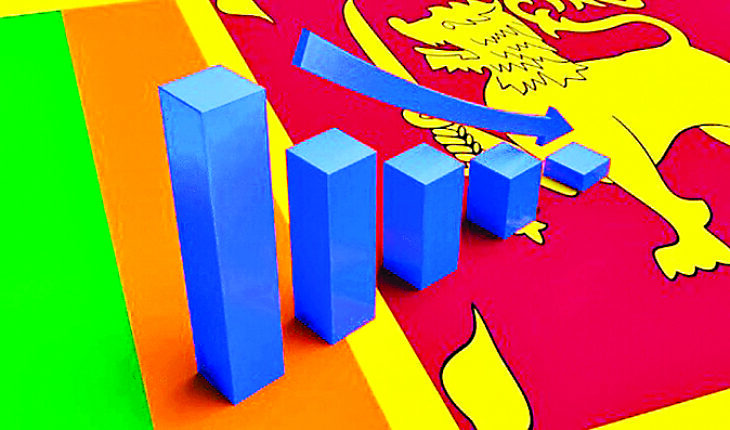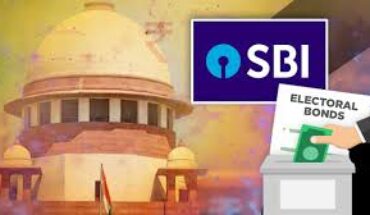Anurima explores how India can benefit by nurturing Neighbourhood First policy with Sri Lanka.
The forex of Sri Lanka came down from 7.8 billion in 2019 to 2.4 billion at the end of 2021, hitting the lowest in the last decade. This is enough to highlight that the country is facing the worst recession in 73 years. The ongoing food security crisis is adding to the woes. The layman may call it a result of the post-pandemic global recession. But the pandemic had hit the country only around two years ago. The policies, adopted and implemented by the Sri Lankan government, are several years old.
Statistics of the crisis :The government’s debt was 101% of its nominal GDP in 2020, an 86.18 % increase from 2019, according to the Central Bank Of Sri Lanka. Surely, the pandemic did contribute to make the crisis severe and complicated, but the debt was increasing since 2014, according to the Census and Economic Information Center. In April 2021, the total outstanding external debt of the Government stood at US$ 35.1billion, according to the department of external resources of the Sri Lankan govt. About $11.8 billion worth of debt through sovereign bonds (ISB) makes up the largest part, or 36.4%, of the country’s total external debt. The Asian Development Bank (ADB) is in second place with a 14.3% share, having lent $4.6 billion. Japan is at 10.9% and China at 10.8%. The rest of the debt is owed from the countries such as India and international agencies including the World Bank and United Nations
Decluttering the roots of the crisis
The crisis in Sri Lanka is threefold – currency, food, and inflation. Each impacting and worsening the other. High-interest rates in the past weakened the currency in the country as well as increased the inflation up to 12% high in 2021. This eventually contributed to food insecurity in the country. The food crisis in Sri Lanka has been influenced by a number of factors. Imposing organic farming and banning chemical fertilizers abruptly reduced the productivity of the agriculture sector, paving way for an agricultural crisis in Sri Lanka. Due to this, there was a low production of rice, tea, and cardamom, which are the core exporting agriculture items of Sri Lanka. This affected its foreign reserves. On the demand side, the printing of Rs 800 billion by the Central Bank of Sri Lanka to ease the economic crisis has increased liquidity in the economy. But this infusion of money, and the consequent increase in demand without a corresponding increase in supply, has led to a sharp spike in inflation. This, in turn, has devalued the currency, made imports costlier, added to the debt and put the forex reserves under more pressure. With a small population of 2 crores, Sri Lanka maintains a large army of one lakh soldiers. Compared to similar nations, Sri Lanka is spending an inordinate amount on its military with 1.93% of its GDP being allocated for it. Sri Lanka’s oversized military budget accounts for 15% of the total government expenditure for 2022, a 14% increase over the allocation in 2021 according to Janes, a global agency for intelligence data.
Post Pandemic adversities All these factors were adversely affected by the pandemic. Colombo’s attractive tourism industry, which brings in massive foreign reserve to the country, faced a loss of $5 billion due to COVID. Also, the 2019 bombings have also adversely affected Sri Lanka’s tourism industry. The country lost tourism revenues of about $750 million in 2019.
Worsening future aspects :The economic emergency declared in 2021 allows the Sri Lankan government to dictate retail prices for essential food items and seize stocks from traders to tackle food shortages. This is similar to India’s decision of nationalizing food grains in the 1970s which ended up with a 36% increase in inflation. This subsequently proved to be a disaster and had to be withdrawn by the then Indian prime minister Indira Gandhi. Sri Lanka’s consistency in taking loans from China has affected China’s credit rating as cited by Moody’s Investor Services. This will further suppress Sri Lanka into China’s debt trap.
Way forward: Sri Lanka’s economic crisis may further push it to align its policies with Beijing’s interests. Amid the economic crisis in the neighbourhood, India must prioritize private partnership projects with Sri Lanka along with extending the line of credits and currency swap agreements. However, India’s foreign policy is dealing with the situation with all its might through the “four-pronged approach” discussed in December 2021. Nurturing the Neighbourhood First policy with Sri Lanka is important for India.
Anurima is a student of Masters in International Relations.Views are personal.






